Cannabis Basics: Phenotypes And Genotypes
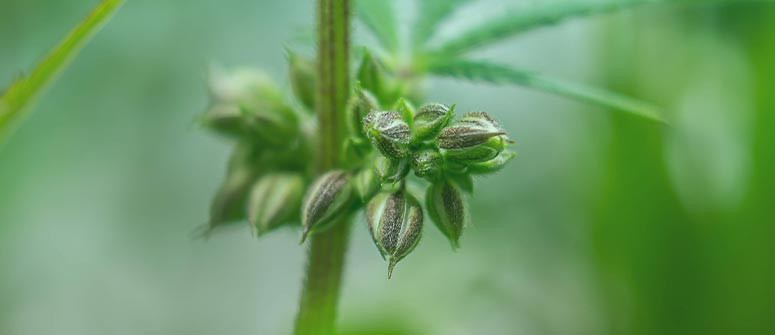
Though not essential for growing, understanding the terms "genotype" and "phenotype" is essential for having an real understanding about cannabis breeding, and how there are so many different strains.
Contents:
In the world of cannabis cultivation, many terms are used. Some are necessary to understand from day one, referring to your plant's fundamental needs. Others, you can do without. But at some point, they will become relevant.
This is the case with "genotype" and "phenotype". Though not necessary for the beginner grower, understanding a little about these terms is necessary when it comes to gaining a deeper understanding of cannabis strains and why each plant can be a little different from all others—even those of the same strain.
What are cannabis phenotypes and genotypes?
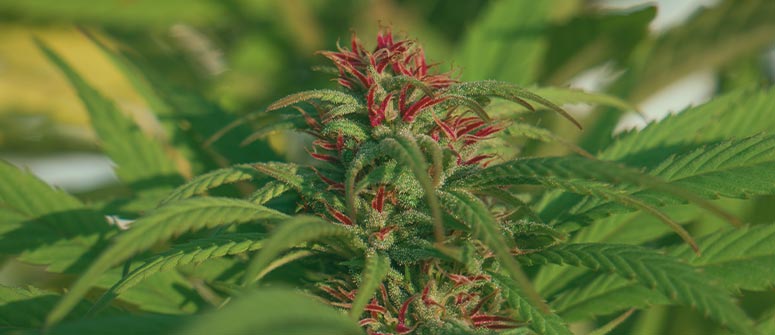
Simply put, genotype refers to the genetic code of a cannabis plant, within which is a range of possibilities for how the plant may develop. This includes size, colour, yield and even chemotype (more on this later).
On the other hand, a phenotype is the specific set of characteristics a plant takes on from its genotype. So, how large a plant ends up being, how much it yields, and its cannabinoid content are all examples of phenotypic expression. So a genotype holds all the possibilities a plant can be, and a phenotype is what it actually becomes.
Though a genotype can exhibit many different phenotypes, there are still limits to the phenotypic expressions that a genotype can show.
Phenotypes are influenced by a combination of genetic and environmental factors. As an example, let's take purple strains of cannabis. You may buy a batch of seeds that are all a "purple strain". But suppose you grow them across different environments (say half indoors and half outdoors). In this case, you may notice that some exhibit much deeper hues of purple than others.
Why is this if they have the same genotype? Well, environmental factors have caused different expressions of the genotypes, leading to different phenotypes. Why do weed leaves go purple? Well, in response to cooler temperatures, chlorophyll production can pause, which means there is a greater concentration of anthocyanins—compounds responsible for non-green colouration in cannabis plants.
So each seed contains the potential to produce plants that turn more or less purple, but only some do due to their particular environments.
Another way of explaining it is as a formula: Phenotype = genotype (G) + environment (E) + genotype and environment interactions (GE)
As you can see, several factors (some variable) determine a plant's phenotype.
Why cannabis seeds in the same environment grow into different plants
But, even if you grow identical seeds in the same environment, each plant can still turn out differently. What's going on?
Well, they're not identical. No matter how inbred seeds become, each one will still have a unique genotype; they're still living beings.
Think of people. Aside from identical twins, siblings can range massively in similarity. Some siblings are very recognisable, while others seem entirely different. Even most twins are pretty distinct. With professionally bred cannabis, the differences are likely to be much less marked than with human siblings, as cannabis is much more inbred.
Nevertheless, no two seeds are genetically identical, and so each has its very own genotype.
Cannabis clones and phenotypic expression
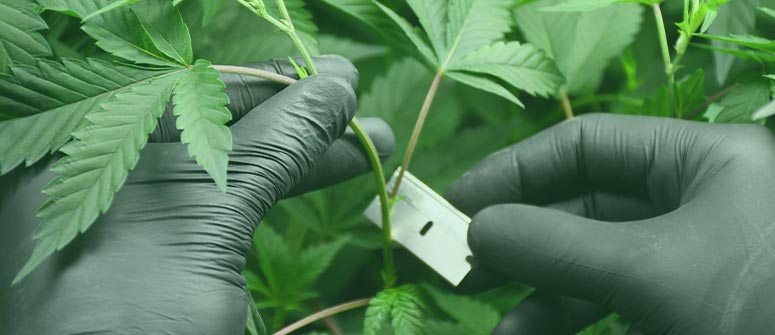
So what about clones? Clones are genetically identical; they have exactly the same genotypes as the mother plant from which the cutting was taken. This is why they're so sought after for breeding purposes, as you can be much more confident of how your plant will turn out.
But even with clones, phenotypic expressions can vary! An expert grower using perfectly optimised conditions will likely notice little difference in phenotypic expression between clones, but two different growers using the same clone will probably find that their plants don't look identical.
Temperatures, pH levels, watering schedules, feeding schedules and so on will all affect the expression of your plants.
What is pheno-hunting?
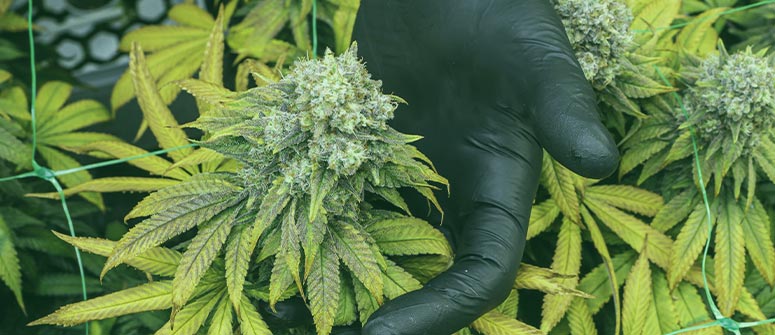
Pheno-hunting is the practice of searching for the best phenotypes.
In practice, it means planting many seeds (often from the same mother plants) and selecting those that grow with the most desirable characteristics.
Those plants are then cloned repeatedly to "lock in" these traits.
It's also possible to breed your favourite pheno with another of your favourite phenos to try and get multiple desirable traits. Then, these plants can be backcrossed to try stabilising the characteristics you're looking for.
Pheno-hunting is quite complex, but here's a simple overview
Pheno-hunting can take around nine months, as you need to germinate, raise, harvest, dry and cure at least three crops.
First, you need to start growing your plants. Once they're in the vegetative stage, you'll need to take some cuttings to clone and start growing these. You can experiment with different environments to try and bring out different phenotypes from these clones. As they have the same genotypes, you know that any differences are environmentally caused.
Once you have a few generations of clones, you'll begin to switch plants over to flowering. You'll no longer be able to clone them at this point, but you will begin to see phenotypic expression. Then you'll harvest, dry and cure your buds. Finally, you'll try them!
All through this, you'll continue to have other plants vegging so that you can adjust and grow new specimens of the same genotype.
The basics of growing cannabis with the desired traits
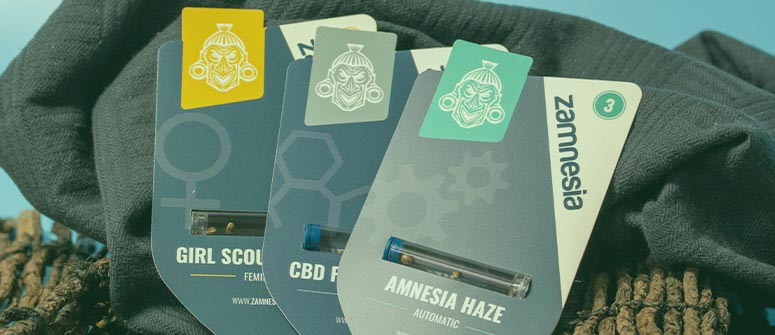
Pheno-hunting is not an activity for beginner growers. Instead, beginners should source seeds from a high-quality breeder and focus on creating the optimum environment for them to grow it. A combination of good genotypes and the right environment will produce very high-quality cannabis plants.
As mentioned, cooler temperatures will bring out stronger colouration in your plants.
Other environmental factors to consider are:
- Humidity
- Lighting
- Growing media
- Training techniques
- Nutrients and fertilisers
In general, beginners should focus on creating the best environments for their plants and practice good growing techniques. Only manipulate the environment in searching for a specific pheno after you understand the rules you're breaking!
What are cannabis chemotypes?
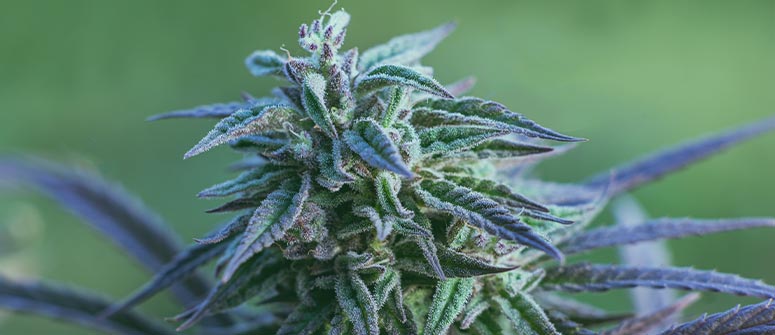
Another term that gets used is chemotype (or chemovar). Chemotype refers to the chemical composition of an organism. In the case of cannabis, it is used to describe the ratios of CBD and THC.
Currently, cannabis is categorised into three chemotypes (though this will probably increase as we learn more about it).
- Chemotype 1: Strains with more THC compared to CBD
- Chemotype 2: Strains with equal amounts of THC and CBD
- Chemotype 3: Strains with more CBD compared to THC
Genos and phenos: Variety is the spice of cannabis life
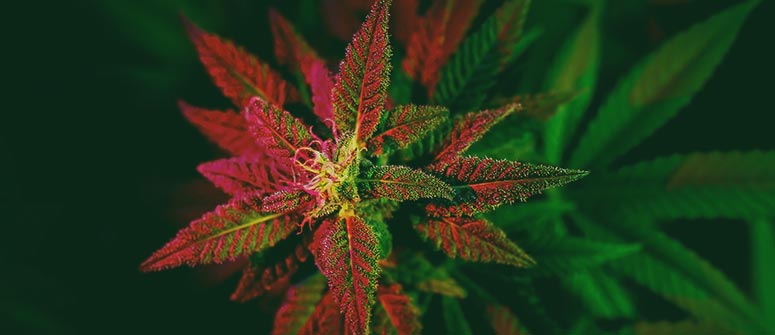
If you've taken a look through any cannabis breeder's or seed bank's websites, then you've probably noticed the incredible array of different strains available. Every single one of these is a carefully bred and chosen genotype.
In fact, each individual seed is a specific genotype. And when you grow them, each plant will exhibit a unique phenotypic expression, even if each is very similar. Knowing this, you know that every plant you grow is unique! So enjoy them.
.jpg)


.jpg)
